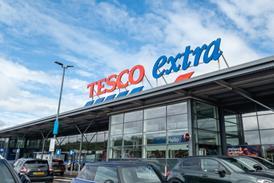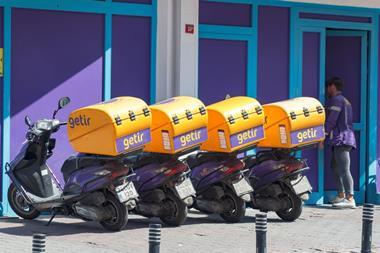Ocado has outlined the delivery and depot efficiencies it is aiming to reach at its Hatfield depot in a bid to maximise profitability.
In its IPO prospectus published today, Ocado said it strives to increase efficiencies in its operations through technology, systems and training.
It said delivery productivity is measured by average drops per van per week (DVW). It is targeting a long term increase in delivery productivity to 175 per week, up from 121 in the 2009 full year. This is effected by reducing time spent driving between customers, and the continued development of IT.
It also measures its DC by units processed per labour hour (UPH). It is targeting a long term increase to 180 UPH, up from 124 in the 2009 full year. This target assumes that the depot reaches its maximum effective capacity of 180,000 orders per week. During one week in May, it hit 100,000 orders for the first time.
Ocado said in 2009 the average order was £115.94, and in the six months to May was £119.38 and consisted of approximately 55 products.
Ocado currently sells around 23,000 products and wants to expand to 30,000. It also plans to increase its range of own-label products, from 70 to approximately 250 to 300 by the end of 2010, with further expansion after that. It has recruited a head of own-label and plans a broader own-label tiered range in line with its store-based competitors.
The etailer also said optimisation of routing software is “a significant driver of the overall efficiency of the business”. In the full years from 2007 to 2009, average deliveries per van increased from 99 to 121.
Ocado also said its growth and profitability from 2012 may depend on its ability to access funding for further development.
Ocado is seeking a valuation of £1.18bn in its IPO. It will start its investor roadshow tomorrow.
























No comments yet